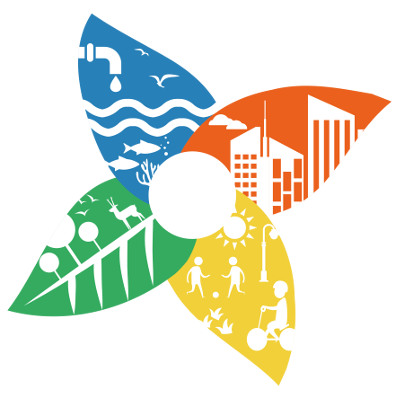Living in a neighborhood with lots of trees will make you live longer… or will it? Urban nature is said to bring diverse health, social, economic and environmental benefits to cities and their populations. Understanding the scale of and access to these benefits is important if such nature-based solutions are to be considered as a viable alternative to more traditional grey infrastructure approaches to addressing urban challenges. So how exactly can the impact of nature-based solutions be measured?
In the second episode of the Creating Green Cities podcast, we discuss the topics of monitoring and assessing nature-based solutions. The episode features interviews with Gabino Carballo from the team behind Municipality of Barcelona’s “Tree Master Plan” and Hans Pijls from Food for Good, an urban care farm in Utrecht. Our guests tell us how they collect and analyse data to measure the impact of the projects they are working on and highlight challenges they have encountered along the way.
The podcast can be accessed directly below or streamed on popular podcast platforms, such as Spotify, Deezer and Apple Podcasts. The podcast will form part of the NATURVATION free open online ‘Urban Nature’ course, available on the Coursera platform.
